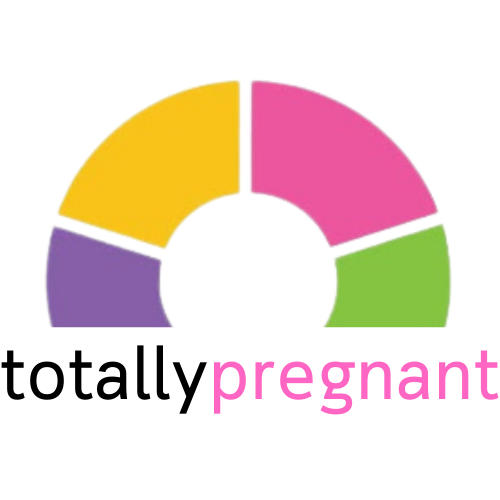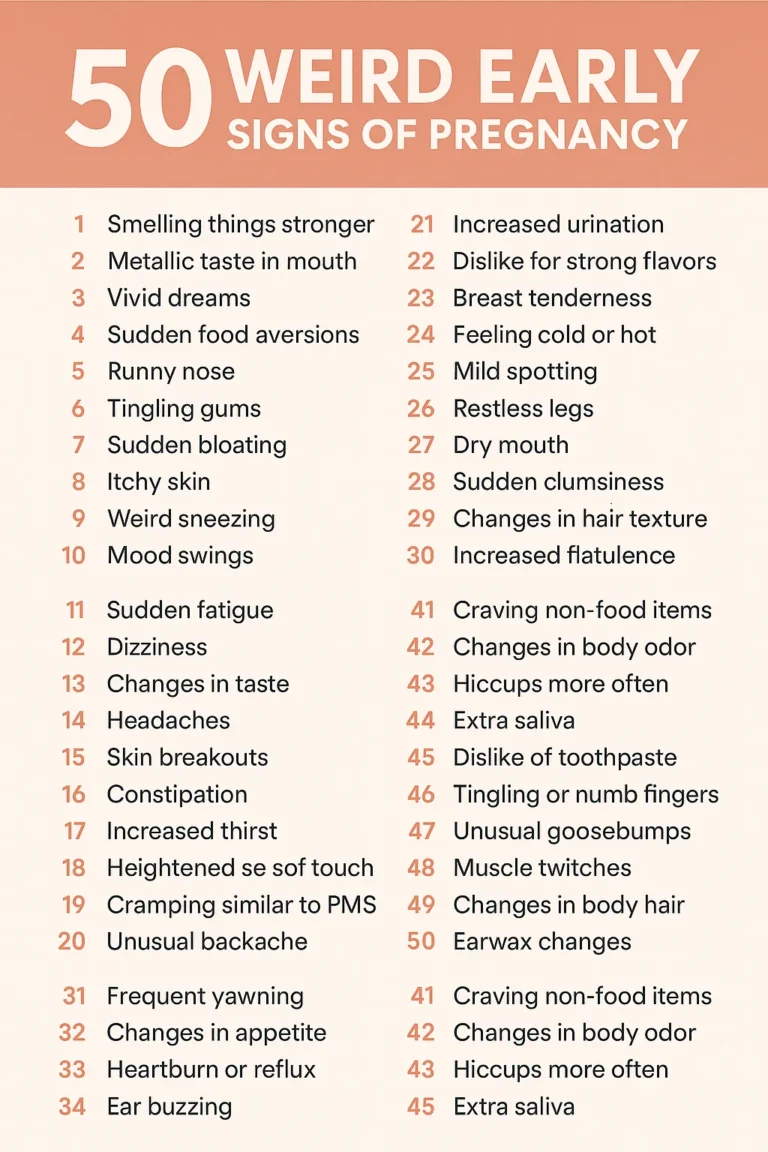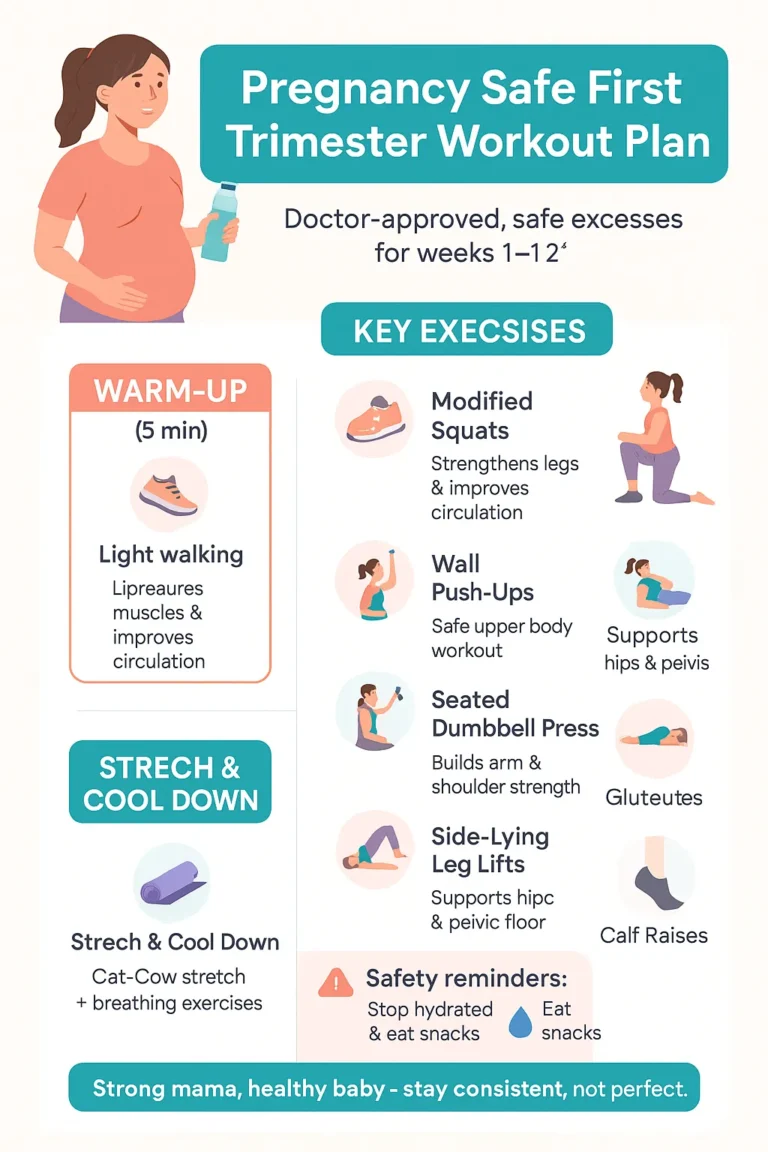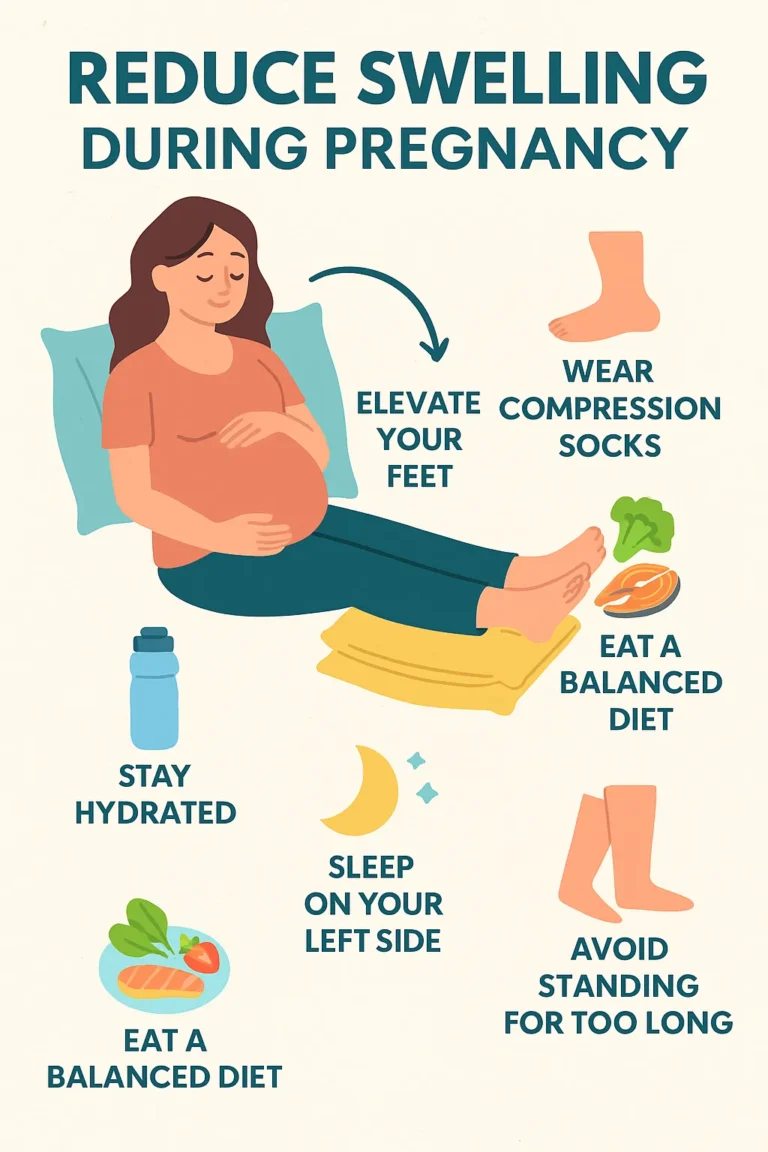What should you know about feeding your 6- to 9-month-old?

Starting your baby on solid foods is such an exciting step. Around 6 months old, the American Academy of Pediatrics and the World Health Organization suggest beginning solids.
It is always best to check your little one’s signs of readiness and talk with their pediatrician before getting started.
While your baby will still get most of their important nutrients and hydration from breast milk or formula, solids open the door to a whole new world of tastes and textures.
This stage is also one of the most important times for shaping your baby’s food preferences. Babies are more willing to try new foods now, so offering a variety of flavors from meal to meal can help set the stage for healthy eating later on.
This guide includes two simple meal plans. One is for starting with smooth purees and the other is for when your baby is ready to try more texture.
Both come with snack ideas and recipes so you can mix things up and make mealtimes fun.
Related Posts:
Pro Tips for 6–9 Month Old Baby Meal Plans
At this age, solid foods are more about letting your baby explore new tastes and textures than replacing their main source of nutrition.
Breast milk or formula should still be your baby’s primary food, and you can continue feeding just as you did before starting solids. Over time, your little one will begin to drink less as they get closer to their first birthday.
For babies who are breastfed, solids can help provide important nutrients that may be lacking. Around 6 months, iron stores start to run low.
Since breast milk is not high in iron, adding iron-rich foods like fortified cereals or pureed meats can help keep your baby’s nutrition on track. Talk to your healthcare provider for guidance on what to include.
How much should I feed my baby?
When it comes to portions, start small. Offer 1 to 2 tablespoons of food once or twice a day.
As your baby gets more comfortable and shows more interest, slowly increase to 2 or 3 meals a day with about ¼ to ½ cup of food at each meal.
Let your baby’s hunger and fullness cues guide you rather than sticking to strict measurements.
Texture should progress gradually. Begin with smooth purees, then make them thicker, move to mashed foods, and later offer very soft, finely chopped pieces once your baby is ready.
Introducing New Foods Safely
When you are offering a new food, start with a single ingredient and wait about three to five days before trying another. This gives you time to watch for any allergic reactions or sensitivities.
The foods most often linked to allergies include eggs, soy, peanuts, tree nuts, seeds, wheat, fish, shellfish, and dairy.
Babies should not drink cow’s milk before their first birthday, but small amounts can be used in cooking or baking. If there is no allergy or intolerance, you can also offer yogurt and cheese.
By around 9 months, your baby should be eating foods from all the major food groups and have tried lumpy purees.
Some babies may even be ready for very small pieces of soft finger foods at this stage.
If Baby Doesn’t Like It at First
It is completely normal if your baby makes faces, turns away, or seems unsure about a new food. This does not always mean they dislike it. Babies often need to try a food several times before they decide they like it.
Keep offering the food in a relaxed way without pressure. Sometimes it can take ten or more tries before a baby accepts a new taste or texture.
The goal during this stage is simply to give them plenty of variety and let them explore. Keep it fun and low-stress so mealtimes stay positive for both of you.
How to Prepare Food for Baby Weaning
Having the right tools on hand can make weaning much easier and less messy. A small handheld blender or mini chopper is perfect for making purees and is quicker to clean than a large food processor.
You might also want to have:
- Baby spoons
- Baby bowls
- Bibs with a pocket to catch spills
- A sturdy high chair (the simple IKEA one is a great budget choice)
- A mat or old shower curtain under the high chair to protect the floor
- Ice cube trays or freezer trays for storing batch-cooked baby food
If you already cook at home, you can often adapt your own meals for your baby by setting aside a portion before adding seasonings like salt or sugar.
Some fruits, such as banana and mango, can be mashed straight away. Others, like potato, parsnip, and squash, will need cooking until soft before blending or mashing.
When cooking apple or pear, steaming is a good way to keep more of the flavour. Avoid adding salt, sugar, or standard stock cubes to your baby’s food in the early stages. If you want to add flavour later, low-salt stock cubes are a better choice.
Start with single-ingredient foods so your baby can get used to each taste. Great first options include:
- Potato
- Sweet potato
- Banana
- Mango
- Baby rice
- Pear
- Broccoli
- Cauliflower
- Apple
- Spinach
- Parsnip
- Butternut squash
You can puree a small batch, serve it fresh, or freeze portions in ice cube trays for later. In the first week, aim for just one to two tablespoons per meal, then increase gradually if your baby wants more.
Baby Weaning Routine at Six Months
When you first start weaning, one meal a day is plenty. Lunchtime often works well because babies can be more tired and less patient in the late afternoon.
If things are going smoothly, you can add a breakfast of solids after two or three weeks. If it takes longer to get there, that is fine too. The pace is different for every baby.
Here is an example of a gentle daily routine for the early weeks of weaning:
| Time | Activity |
|---|---|
| 7:00 am | Wake up and milk feed |
| 10:00 am | Milk feed |
| 10:30 am | Nap |
| 11:30 am | Lunch (solids) |
| 1:00 pm | Milk feed |
| 1:30 pm | Nap |
| 3:30 pm | Wake up and play |
| 4:00 pm | Milk feed |
| 6:45 pm | Bath |
| 7:00 pm | Milk feed and bedtime routine |
| 7:30 pm | Bed |
Weekly Baby Weaning Meal Plan – Week 1
In the first week, keep things simple and relaxed. The goal is to introduce your baby to new flavours and the act of eating, not to rush into three full meals a day.
Start with one meal a day, ideally at lunchtime, when your baby is more alert. Offer just a couple of spoonfuls and let them lead the way. If they enjoy it, you can give more. If they are not interested, simply try again the next day. Sitting together as a family can help encourage your baby to join in.
Monday – Mashed or sliced banana
Tuesday – Baby rice (mix with breast milk or formula)
Wednesday – Mango (pureed, mashed, or cut into thin slices)
Thursday – Mashed potato (add a little milk if needed for a smoother texture)
Friday – Steamed broccoli
Saturday – Steamed cauliflower
Sunday – Mashed or pureed parsnip
Weekly Baby Weaning Meal Plan – Week 2
By the second week, your baby may be getting more comfortable with the idea of eating. Keep offering a variety of single foods so they can explore different tastes and textures. You can continue with one meal a day or, if your baby is ready, begin adding breakfast after their morning milk feed.
Monday – Plain natural yogurt
Tuesday – Carrot (steam until tender; serve as sticks for baby-led weaning or mash/puree for spoon-feeding)
Wednesday – Sweet potato (mash with a little milk if needed)
Thursday – Pear (peel, core, and steam; serve as slices or puree)
Friday – Butternut squash (cooked and mashed or pureed)
Saturday – Steamed green beans
Sunday – Cooked spinach (pureed or chopped very finely)
Weekly Baby Weaning Meal Plan – Week 3
By week three, many babies are starting to get the hang of eating, so you can gently add a second meal to their day. Breakfast works well about an hour after their morning milk feed. You can keep lunch as simple, single-ingredient foods or soft combinations.
Monday
- Breakfast: Baby rice or cereal mixed with pear puree
- Lunch: Root vegetable medley (mashed potato, parsnip, and carrot)
Tuesday
- Breakfast: Baby rice or cereal mixed with apple puree
- Lunch: Steamed broccoli
Wednesday
- Breakfast: Baby rice or cereal mixed with mango puree
- Lunch: Mashed sweet potato
Thursday
- Breakfast: Baby rice or cereal mixed with apple puree
- Lunch: Mashed parsnip
Friday
- Breakfast: Baby rice or cereal mixed with apricot puree
- Lunch: Potato mash
Saturday
- Breakfast: Baby rice or cereal mixed with strawberry puree
- Lunch: Steamed cauliflower
Sunday
- Breakfast: Baby rice or cereal
- Lunch: Cooked spinach (pureed or finely chopped)
Weekly Baby Weaning Meal Plan – Week 4
By week four, your baby has likely tried a variety of fruits and vegetables. This is a good time to start introducing simple meats and fish. Keep portions small and make sure everything is soft, pureed, or very finely shredded so it is easy to swallow. Avoid processed meats and skip shellfish until after your baby’s first birthday.
If you have been spoon-feeding so far, this is also a nice stage to add some soft finger foods like cooked carrot sticks, broccoli florets, or toast strips.
Monday
- Breakfast: Baby rice or cereal mixed with fruit puree or milk
- Lunch: Easy one-pot chicken (pureed or shredded very finely)
Tuesday
- Breakfast: Baby rice or cereal mixed with fruit puree or milk
- Lunch: Salmon and sweet potato puree
Wednesday
- Breakfast: Baby rice or cereal mixed with fruit puree or milk
- Lunch: Slow-cooked lamb with vegetables (pureed or finely shredded)
Thursday
- Breakfast: Baby rice or cereal mixed with fruit puree or milk
- Lunch: Beef casserole (pureed or finely shredded)
Friday
- Breakfast: Baby rice or cereal mixed with fruit puree or milk
- Lunch: Cheesy pasta (blend cooked pasta with a mild cheese sauce)
Saturday
- Breakfast: Baby rice or cereal mixed with fruit puree or milk
- Lunch: Cheesy cod with sweet potato
Sunday
- Breakfast: Baby rice or cereal mixed with fruit puree or milk
- Lunch: Soft scrambled eggs with toast cut into thin strips






